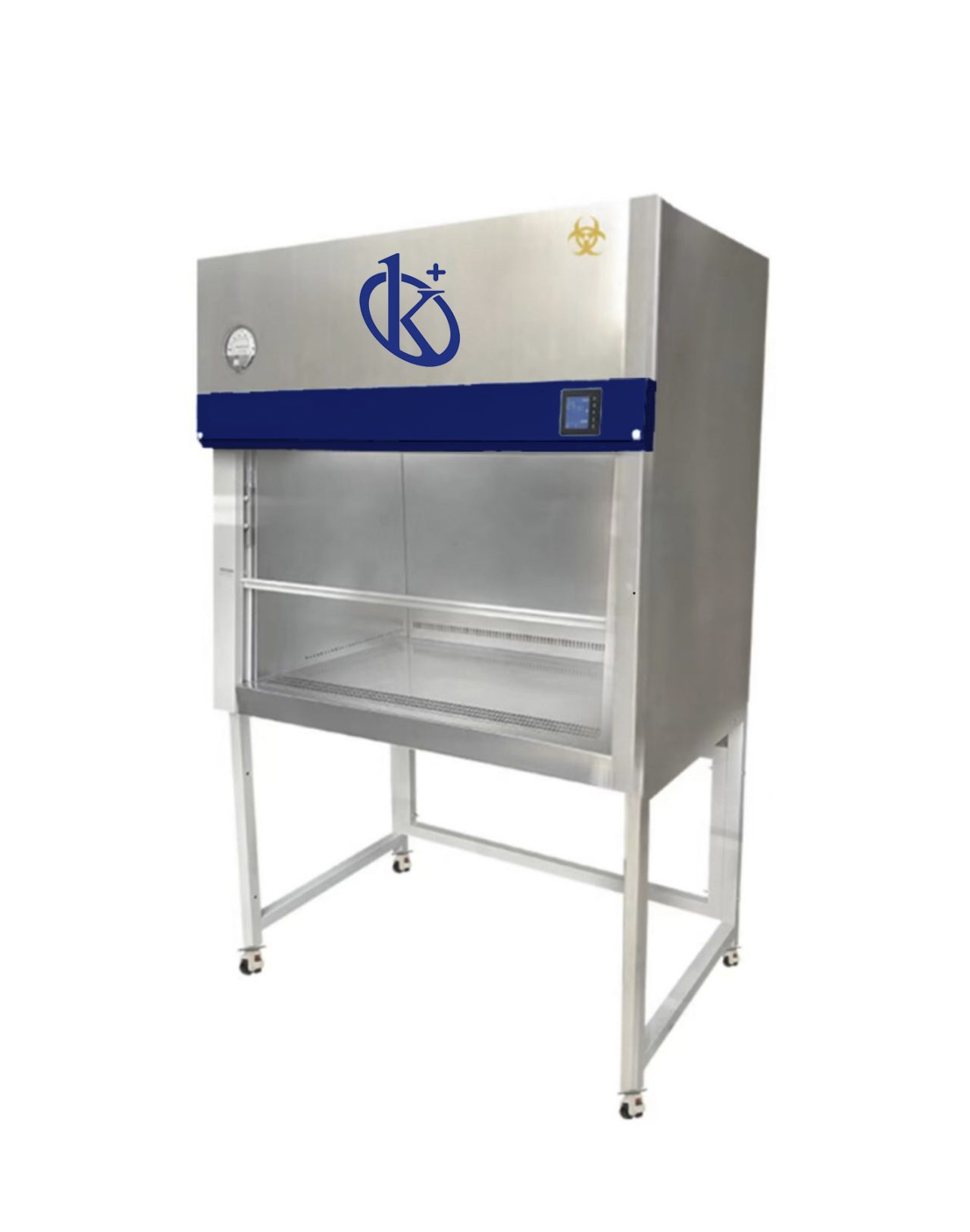Diagnosis of Candidiasis Albicans with the Use of the Laminar Flow Hood Candidiasis albicans is a fungal infection commonly caused by a type of yeast known as candida albicans; this infection can affect internal organs, surrounding tissue and the skin, and is the most common type of fungal infection of the skin.
The cells of this yeast are most commonly found in the pan and is usually spread by direct contact; early diagnosis of candidiasis albicans is related to successful treatment, so correct identification of symptoms is essential to minimize the effects of this infection.
The most common way to make a diagnosis of albicans candidiasis is by using skin scraping or biopsy to obtain a tissue sample
This diagnosis is performed using a laminar flow hood, which is used to create a clean, contaminant-free environment that allows for the collection of a reliable tissue sample.
These laminar flow hoods offer protection against pathogenic organisms in the laboratory environment, in addition to ensuring sterile conditions for sample collection.
How the collection process is performed for the diagnosis of candidiasis
Specimen collection is performed by placing a thin blade on the affected area, then a thin layer of skin tissue is displaced, this is done to ensure the collection of a sterile and reliable specimen, this specimen is then placed on a clean tissue paper fold and placed in a gas burner with liquid nitrogen to allow the specimen to desiccate.
Once the sample is collected, the tissue will be sent to the laboratory for microscopic examination; this examination will be used to verify the presence of Candida yeast, as well as to determine if other bacterial infections are present in the tissue.
The use of the laminar hood will help minimize the risk of spread to other areas of the body, such as the mouth, nose, ears and throat
Once identified, the tissue will undergo culture testing to determine the antimicrobial susceptibility of the infection; this will help physicians choose an appropriate treatment to treat the specific fungal infection, the laminar flow hood is also used to treat skin infection.
The airflow is thickened to prevent the spread of microorganisms from the treatment area to the rest of the operating room, the airflow is directed to the affected tissue and an antifungal preparation is applied to eliminate the infection.
Benefits of using the laminar flow hood when diagnosing candidiasis in patients
On the other hand; the laminar flow hood for diagnosis and treatment of candidiasis albicans provides reliable, effective and uncomplicated results, which will allow early diagnosis and treatment. It is a safe, effective and accurate way to identify and treat a fungal condition.
This promotes early recovery and reduces the risk of recurrence associated with future infections
In short; this laminar flow hood technology is an effective method to reduce the risk of spreading infections in the patient-physician vector, this hood is an important tool for the diagnosis of candidiasis albicans.
Kalstein as a MANUFACTURER offers you a wide range of laminar flow hoods for your laboratory
To obtain sophisticated and first quality equipment related to laminar flow hoods click on the following link HERE
In Kalstein you can get a great variety of laminar flow hoods to obtain the best quality in the pharmaceutical industry. and enjoy great offers, also only we as MANUFACTURERS can guarantee your effective purchase.

